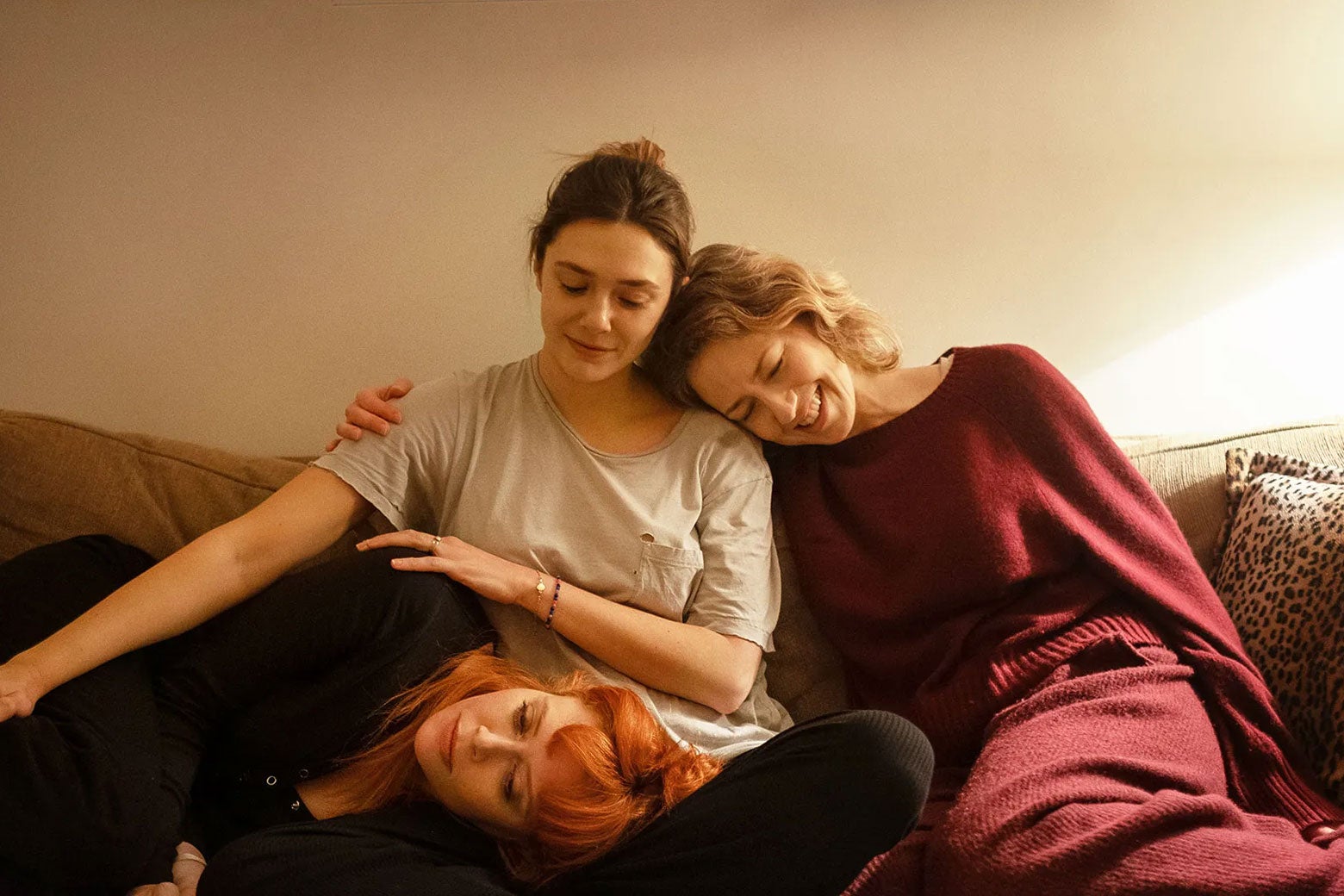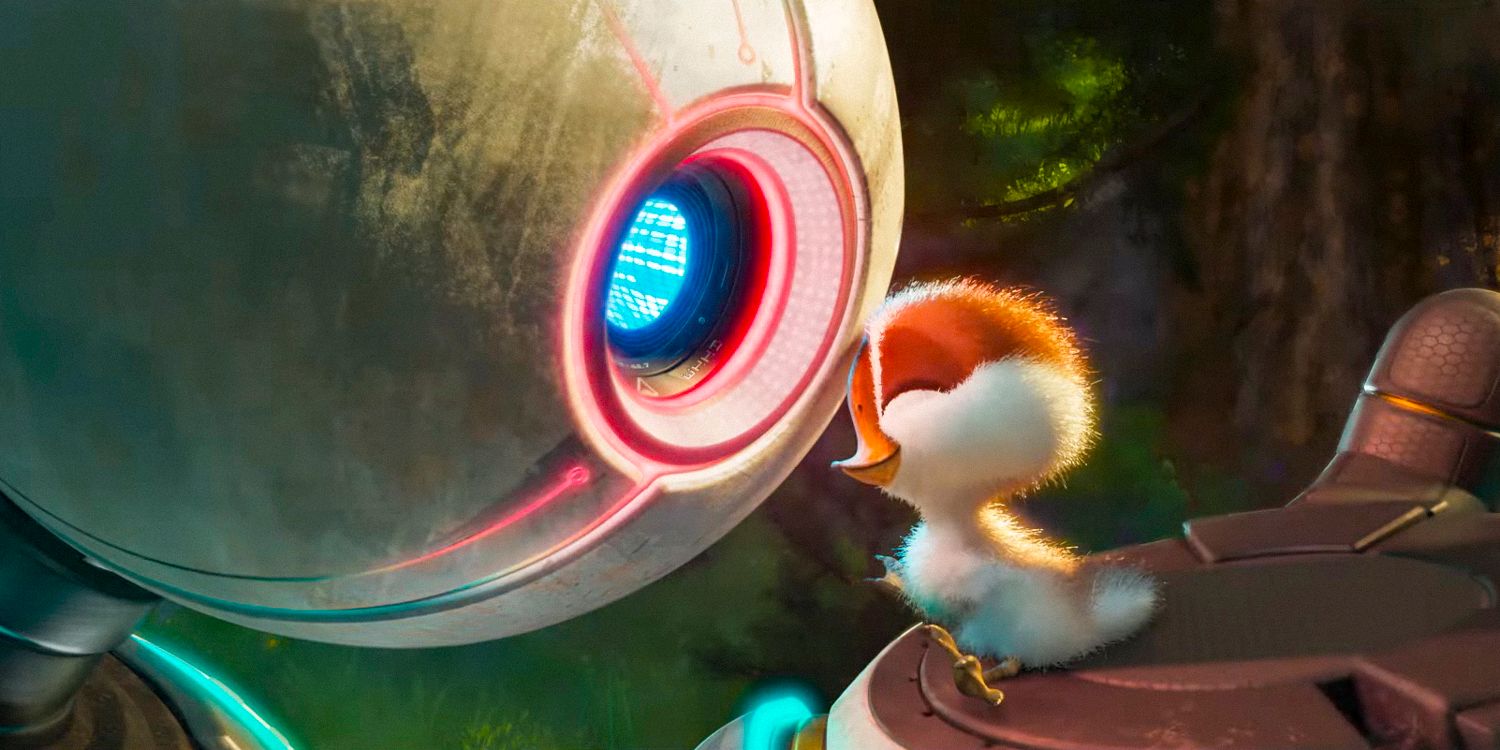Chili
Where's the Walrus?
- Jun 10, 2004
- 8,895
- 5,111
Amarcord-1973 (subtitles)
Federico Fellini remembering and fantasizing about his youth, growing up in a seaside Italian town in the 1930ies. The storybook town is filled with a number of interesting characters. Titta is a teenage boy, the story revolves around him and his family. Gradisca is the beauty of the town, admired by the young and old men alike. The classroom scenes are so funny, great gags. A number of references to Hollywood films and actors of the era. Fascists make an appearance at a bizarre rally and are deeply annoyed at a gramophone playing music from a bell tower. Amarcord reminded me of a classic Canadian film Mon Oncle Antoine about a boy's world in rural Quebec in the 1940's. Lots of good fun.
Napoléon-1927 (intertitles)
'With his piercing looks, this little stump of a man frightens me'
I took 4 pages of notes watching a 5 1/2-hour version of the epic film which I'll try to condense. Abel Gance's original intention was to make 6 films on this subject, while he was making this one a financier passed away and the money ran out 2/3 of the way through. So, the story only goes as far as 1796, his Italian campaign when Napoleon was age 27. The two original versions shown were 4 and 9 hours. I watched a restored version from 2016.
Great opening shot, on a white background, a dark hat begins to rise up above a snow fort enclosure. And a large-scale snowball fight ensues, with Napoleon's young schoolmates' side vastly outnumbered by boys on the other side. The headmasters at Brienne college encouraged these fights, the one depicted occurred in 1783 when Napoleon was 14. Like this incident, the bulk of the film is based on historical references and quotes (although some are disputed). Napoleon wasn't well liked at the school, his only friend was said to be a gift from his uncle, an eagle who played an important role is his life. i.e. When he became Emperor in 1804, the eagle was made the centre of the French coat of arms.
The story then skips forward 9 years to the French Revolution and a scene popularizing Rouget de Lisle's song La Marseillaise. Napoleon returns to Corsica to visit family and becomes a hunted man. Scenes were filmed in Corsica including at the actual Buonoparte home. Napoleon's escape on horseback is beautifully filmed including impressive low-level shots. And then heading seaward in a small boat using a French flag as a sail. Act II for the most part is about the violent Battle of Toulon, where Napoleon distinguishes himself leading his men with bold tactics against the well defended English garrison. I read that Akira Kurosawa was a fan of the film, he must have appreciated the battle scenes in pouring rain. Act III begins with The Terror led by Robespierre and Saint Just (played by the director Abel Gance). And goes on to the courtship of Napoleon and Josephine. Act IV, 48 hours after his wedding to Josephine, he sets out to join his Italian army. Before meeting his new troops, he stops at the Convention Centre where the echoes of the Revolution in the empty hall provide memories and inspiration.
Found so many things impressive. The two actors who play Napoleon, Vladimir Roudenko (young) and Albert Dieudonné (older) are both memorable. Attention to detail, like a live snake on the shoulder of one of Napoleon's enemies, a prosecutor in Corsica, the kitten in the barrel of a cannon to show the inactivity of the army at the time, the filing cabinet of the documents sealing the fate of many during the Terror was a coffin. The tinted screens, such as red for battles, blue for skies. There is an awesome shot near the end of the film, Napoleon on horseback, galloping alongside a seemingly never-ending line of soldiers, horses, guns & wagons. The triptych shots, 3 cameras filming the same image to form a widescreen view, made a fitting ending.
Looking forward to seeing the 2024 restoration by Netflix to just over 7 hours at some point. Stunning film.
Last edited:











